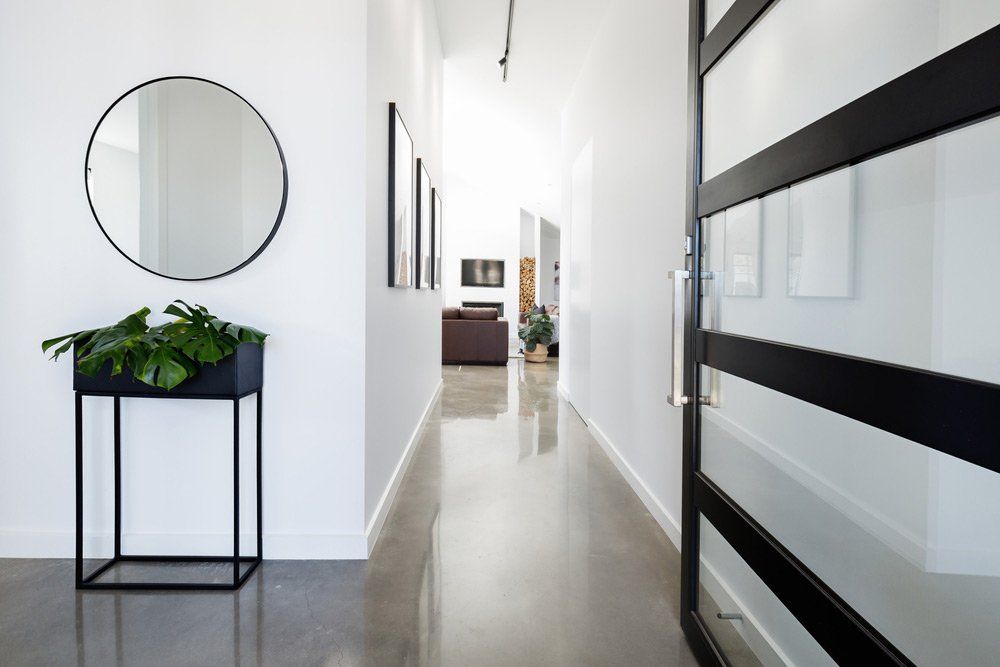Floor Preparation For Concrete Flooring
New flooring can help to totally revitalise your indoor space, but to ensure that the project is completed without any issues, it’s important to properly prepare the surface. The first stage of any floor renovation involves getting the surface primed for the new flooring. Failing to do so runs the risk of coatings not sticking, which increases project timelines and costs.
In this article, we’re going to go over the steps that you should take when preparing for new concrete flooring.
Step one: Remove the old flooring
The first step in preparing for concrete flooring is to remove the original coating. Until the subfloor has been fully exposed and examined, you won't be able to fully assess the state of the underlaid concrete. If you're hoping that the concrete could be polished, for example, then the exposed concrete needs to be in excellent condition.
Step two: Prepare the concrete
With the old flooring out of the way, it’s time to prepare the concrete for a new coating. Getting this step right is vital to the success of the project as it’s the last chance to make any changes to the design of the new flooring before it goes down. Make sure the new flooring is confirmed to ensure the surface preparation suits the new flooring type.
There are two different approaches to floor preparation, grinding or shot blasting. Shot blasting works by firing an abrasive substance like sand against the substrate, which leaves an ideal profile to affix the coating to.
The second approach is grinding, which can leave a more even profile and a thinner coat, but it takes longer. This technique is usually only used when applying very thin layers of coating (less than 10mm) where shot blasting would cause overlaps in the lines and affect the final look.
Step three: Check for moisture
With the coating affixed, it’s time to check for any moisture that has developed on the exposed flooring. If any moisture has managed to make its way onto the flooring, it can hamper the project. This is especially true when working with epoxy coatings. To check for moisture, a moisture test can be performed on a small area of the flooring that has been exposed.
Step four: Remove any dust
The final step is to remove any sediment or dust that has accumulated on the surface of the flooring. This can be done using a floor tool, wand or vacuum. If you don’t remove the dust, then it could affect the new concrete flooring, so take the time to inspect for any dust particles before finishing up.
If you’d like to know more about floor preparation for concrete flooring, or if you would like help from a professional, contact our team at McCoy Concreting today on 0438 272 749.




